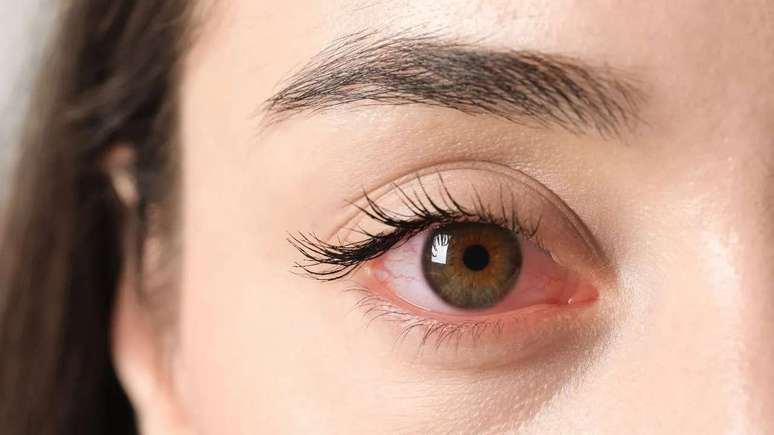Wall decoration plays an important role in creating a stylish interior. Here we have compiled detailed instructions on how to glue different types of wallpaper.
How to glue non-woven wallpaper
How to glue non-woven wallpaper: step-by-step instructions
ADVERTISEMENT – CONTINUED BELOW
How to stick wallpaper by the meter on a non-woven base
How to glue vinyl wallpaper
How to glue vinyl wallpaper: step by step instructions








